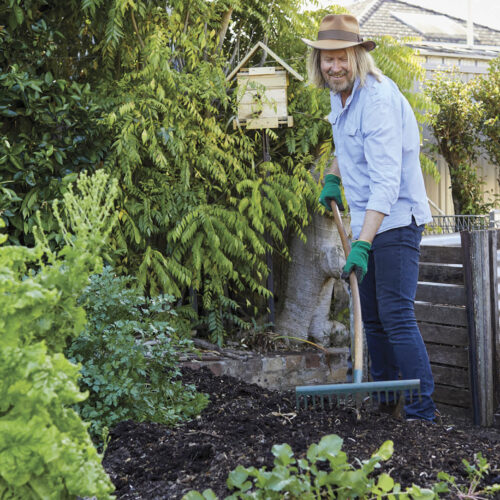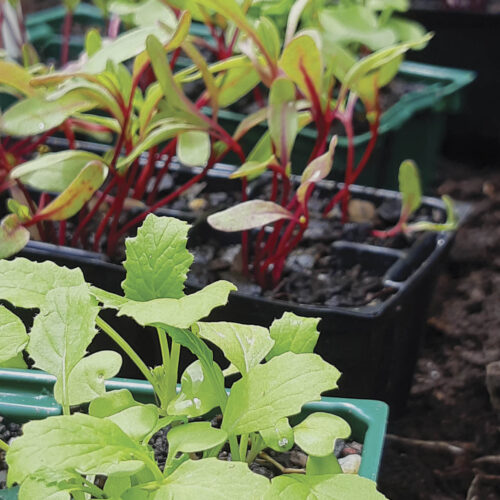Phil’s Tomato Hothouse
2012-04-30T23:25:46+10:00
What do you do when your organic tomato crops constantly fall victim to rain and cold? You bang up a ‘fancy’ hothouse to protect them, says PHIL DUDMAN.
Growing tomatoes has its challenges where I live in subtropical northern NSW. In spring, we’re plagued with grubs, in summer, it’s fruit fly and fungal disease – and when the rain pours for weeks on end, the plants simply rot away under the constant deluge and humidity.
The best time for growing organic tomatoes in the subtropics is winter… the days are mild, and often warm and there are fewer problems with pests and diseases… I always had bumper crops in winter when I lived on the coast. These days I live about 45km’s inland. The daytime temperatures are still pretty good, but at night, they drop much lower than on the coast – which reduces pollination rates and return. We even get the occasional frost, which simply spells disaster for tomatoes.
This year I am determined to protect my tomatoes from all of those external extremities so I’ve decided to build a type of temporary hot house over my entire crop. It’s been inspired by a local commercial setup I visited last year. The grower was cultivating rows of tomatoes under the cover of an ‘igloo’, with each plant pruned to a single stem which was trained towards the sky on twine that was secured to the upper frame of the structure. The system worked brilliantly, producing massive crops of fruit all winter long… and all summer too for that matter. In fact these plants were productive for 12 months and where replaced only when they had become too tall to manage.
I’ve tried to replicate this system with my own frame. As you can see, it’s a fairly ramshackle looking structure, made up as I went along, utilizing whatever I had lying about. One thing I have in plentiful supply is bamboo – there’s a nice clump growing in my yard. I’ve reached for wire, twine and gaffer tape to tie it all together, and driven some star pickets deep into the ground to help give this wacky thing some solid foundations. I know, it looks like something one of the 3 little pigs would have built, but I’ve given it a good shake, and I think it will serve the purpose of my experiment.
The key to the whole thing is the arrangement of vertical twines, 10 in all which I will use to train the plants, much in the way I saw it done in my mates’ commercial setup. As the overnight temps start to drop, I’ll throw some nursery grade plastic over the top to keep out the cold and hold in the warm of the day. I’m even thinking that it’s a worth maintaining a similar structure over my summer tomato crops to keep out the rain.





